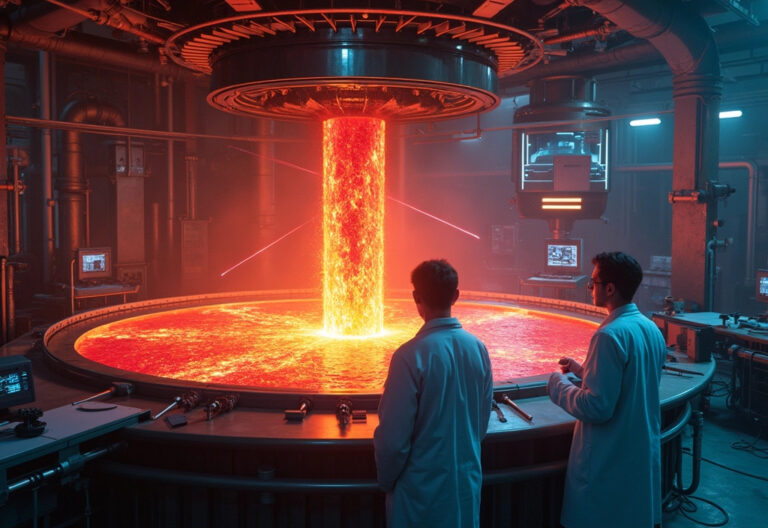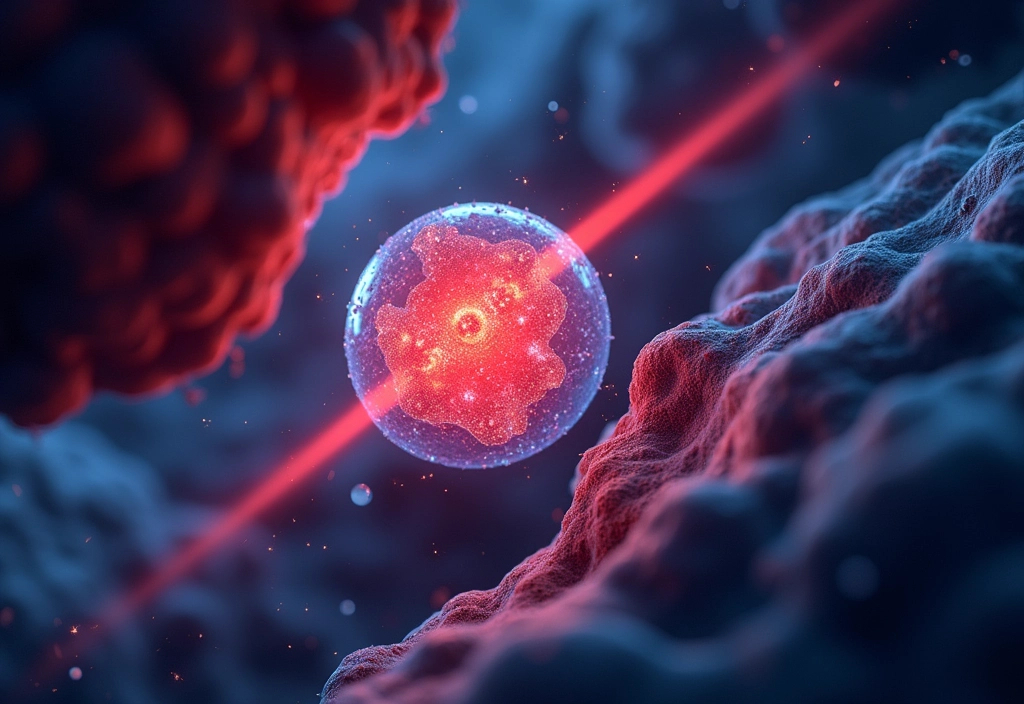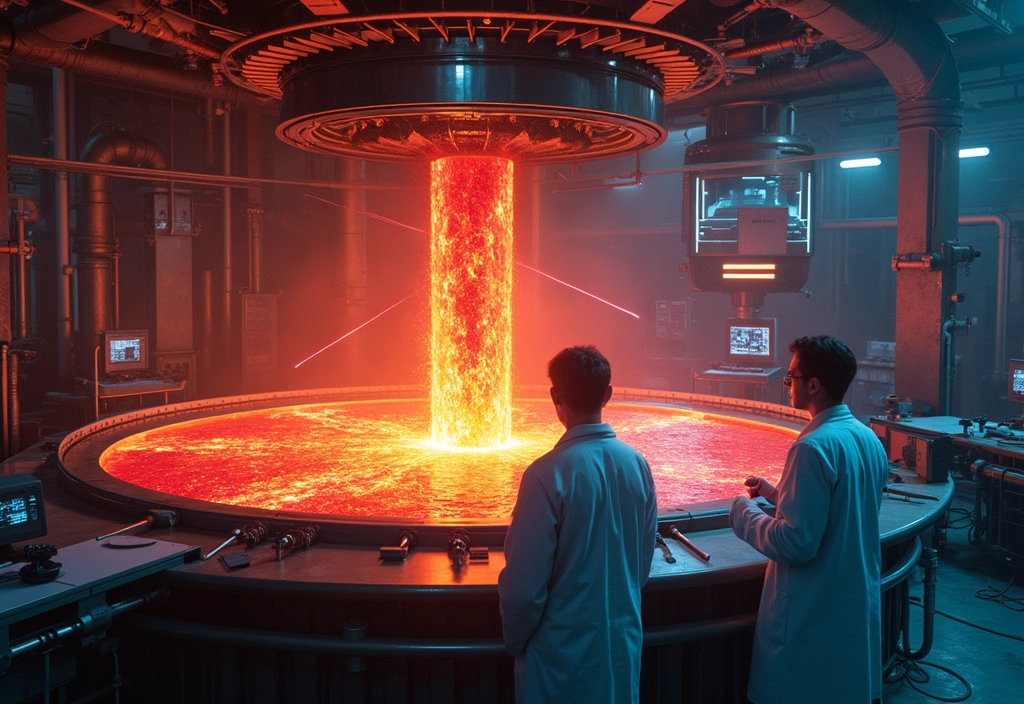Columbia Chemists Break Ground with First 2D Heavy Fermion Material
In a breakthrough poised to shake up the world of quantum materials, chemists at Columbia University have created the first-ever two-dimensional heavy fermion material—a feat previously thought nearly impossible. This innovation opens a fresh chapter in the exploration of quantum criticality, superconductivity, and next-generation electronics.
What Is a Heavy Fermion Material?
Heavy fermion materials are exotic metals where electrons behave as if they are thousands of times heavier than normal. This “heaviness” is not due to mass in the traditional sense but results from intense interactions between the electrons and the magnetic environment around them. These materials are key to unlocking quantum phenomena such as:
- Unconventional superconductivity
- Quantum entanglement
- Strongly correlated electron systems
Until now, these heavy fermion systems existed only in bulky three-dimensional crystals. That changed with the synthesis of cerium silicon iodide (CeSiI), a 2D material that behaves like a heavy fermion.
Why 2D Changes the Game
Unlike their 3D cousins, 2D materials can be stacked, combined, or twisted into heterostructures—offering unmatched control over their quantum properties. CeSiI belongs to the van der Waals family of materials, meaning it can be exfoliated into atomically thin layers, much like graphene.
This dimensional shift is revolutionary. It allows researchers to manipulate and probe the quantum behavior of heavy fermions in ways never before possible, which could eventually lead to the design of quantum chips with custom-tuned properties.
Behind the Discovery: Science in a Glovebox
Led by PhD student Victoria Posey in the lab of Professor Xavier Roy, the synthesis of CeSiI was no small feat. Because the material is highly sensitive to air, the team conducted the entire process in a vacuum-sealed, air-free glovebox.
Once synthesized, researchers verified its properties using powerful tools like:
- Scanning Tunneling Microscopy (STM): Revealed electronic behavior unique to heavy fermions.
- Photoemission Spectroscopy: Confirmed its electron structure.
- Transport Measurements: Showed clear signs of quantum interactions.
The team also compared CeSiI with a non-magnetic sibling compound (LaSiI), which showed much lighter electron behavior. This comparison helped confirm that CeSiI exhibits true heavy fermion characteristics.
Global Collaboration for a Global Impact
The discovery was made possible through collaboration with experts at Brookhaven National Laboratory and Harvard University. Together, they carried out complementary measurements to verify CeSiI’s unusual properties.
Published in Nature in January 2024, the research is already turning heads across the physics and materials science communities.
Why It Matters for the Future
This achievement doesn’t just add a new material to the scientific catalog—it provides a powerful new platform for exploring quantum matter at the nanoscale. Potential applications include:
- Quantum computing components based on heavy fermion physics
- Advanced superconductors that operate under ambient conditions
- Novel sensors and quantum simulation platforms
As researchers dive deeper into CeSiI’s properties, we may soon see an explosion of innovations built on its foundation.
Check out the cool NewsWade YouTube video about this article!
Article derived from: Columbia Chemists create the first 2D heavy fermion | Columbia Quantum Initiative. (2025, March 31). https://quantum.columbia.edu/news/columbia-chemists-create-first-2d-heavy-fermion















